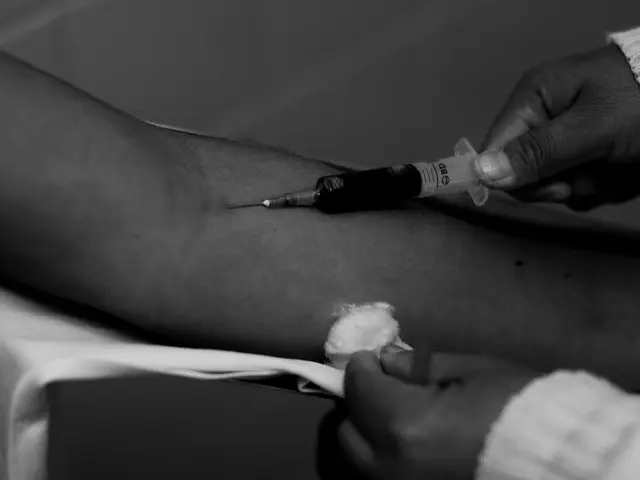Imitation of Dynamic Facial Expressions: Advanced Volitional Control for Disgust Expressions
**Facial Expression Motor Control: A Complex Neural Puzzle**
A new study delves into the intricate world of facial expression motor control, shedding light on the differences between facial expressions and limb movements. Unlike limb movements, which are primarily voluntary and well-studied, facial expressions involve both voluntary and spontaneous components, requiring specialized neural pathways for subtle, rapid, and often spontaneous movements.
The study, conducted using automated analyses of facial expressions with computer software, investigated motor control over three facial expressions: smiles, disgust, and emotionally neutral jaw drops. It found that smiles, especially spontaneous ones, can be invariant kinematic markers, implying a stereotyped motor pattern with less cortical intervention than voluntary limb movements. In contrast, disgust and jaw drops are more complex expressions involving coordination of upper and lower face muscles, requiring more complicated neural and biomechanical control.
Preparation of facial expressions involves both cortical and subcortical processing. Voluntary control likely engages motor cortex and premotor areas, while spontaneous facial expressions may depend more on limbic system inputs. Event-related-potentials were used to track the underlying neurocognitive processes in the study.
The study found that priming participants with dynamic facial expressions improves performance accuracy compared to symbolic abstract stimuli, but does not affect reaction times. Interestingly, it was discovered that reprogramming costs, measured by longer reaction times (RTs), are more pronounced for smiles and jaw drops than for disgust, suggesting a need for speed when showing these expressions.
Moreover, priming with dynamic videos results in larger validity effects of the P3 component when disgust is the target response, suggesting a possible trigger for automatic emotional responses. This finding indicates more efficient updating of the correct response in brain systems responsible for motor control when participants are primed with dynamic facial expressions.
The study also explored the interplay of neural circuits underlying facial expressions, revealing the need for sensorimotor integration to prepare and revoke movements rapidly. However, voluntary facial control remains less defined compared to limb movements, with ongoing research needed to elucidate these neurocognitive mechanisms fully.
Corticomuscular coherence (CMC), a biomarker in limb motor control and recovery, indicates strong brain-muscle oscillatory coupling in limbs but has not been explicitly applied to facial muscles, reflecting differing neurophysiological control modes. Biomechanical challenges such as complex tendon-driven muscle arrangements add difficulty to facial motor control, evidenced by hybrid actuation systems improving accuracy in animatronic faces trying to replicate human expressions.
In summary, facial expression motor control involves specialized neural pathways enabling subtle, rapid, and often spontaneous movements distinct from the more conscious and volitional limb motor control. The study provides valuable insights into the complexities of facial expression motor control and opens up avenues for further research in this fascinating field.
- Science in the health-and-wellness sector is increasingly focusing on eye-tracking technologies to investigate mental health, given the study's findings on the subtle, rapid, and often spontaneous movements involved in facial expression motor control.
- The research on facial expression motor control could pave the way for advancements in the science of mental health, as understanding these complex processes may provide insights into the neurological basis of emotions and their expression, benefiting health and wellness.




